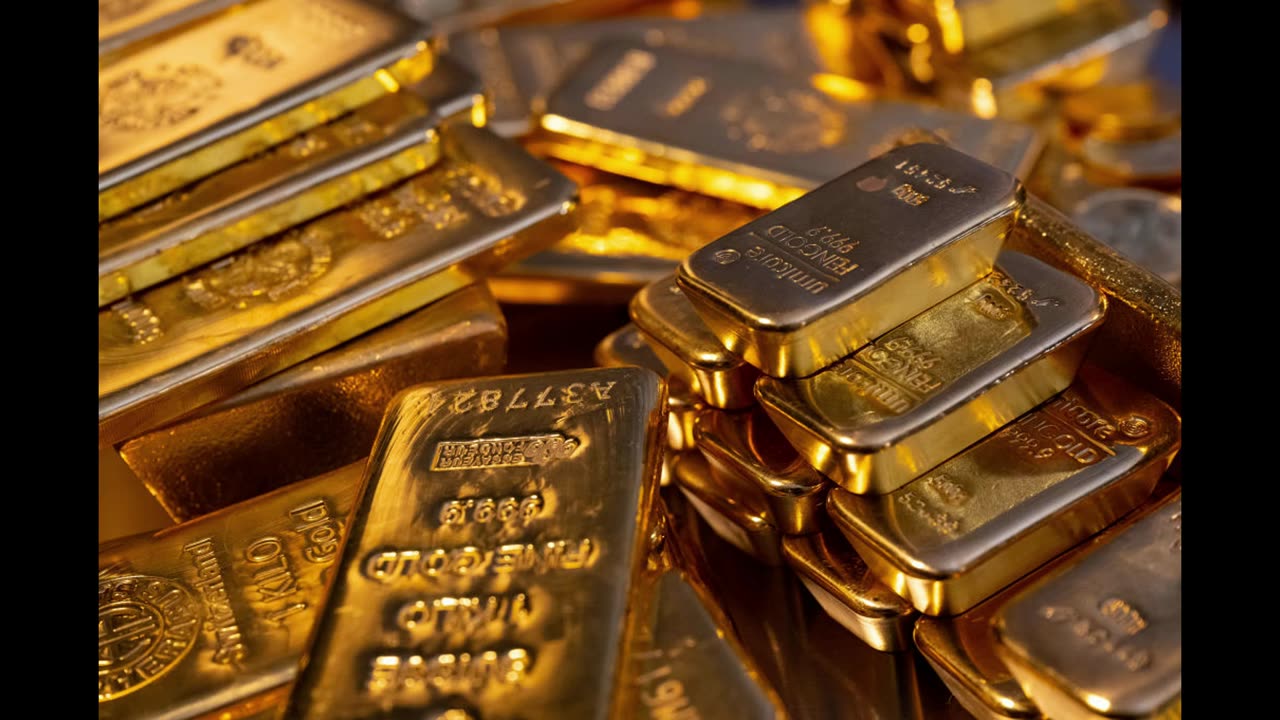Premium Only Content

Gold, the Reserve asset.
In the third quarter, the most active buyers were China (78 tons), Poland (57 tons), Turkey (39 tons), India (9 tons), Uzbekistan (7 tons), Czech Republic (6 tons), Singapore (4 tons), Qatar and Russia (3 t each), as well as the Philippines (2 t) and Kyrgyzstan (1 t). According to experts, recently more and more countries are beginning to consider the precious metal as an alternative to the dollar for storing gold and foreign exchange reserves (GER).
“Our survey showed that 24% of central banks intend to increase their (gold - RT ) reserves in the next 12 months. At the same time, the Central Bank’s attitude towards the future role of the dollar (in the structure of gold and foreign currency reserves. - RT ) has become more pessimistic than in previous studies. In contrast, their views on the future role of gold were more optimistic: 62% said gold would have a larger share of total reserves,” the WGC said in a May report.
According to the report, back in the third quarter of 2022, the dollar accounted for about 51% of the world's gold and foreign currency reserves, and gold - only 15%. According to the WGC, now half of the world's central banks expect the share of the US currency to decline to 40-50%, and some regulators do not exclude the possibility of this figure falling below 40% over the next five years. At the same time, the level of gold in global reserves may rise to 16-25% (and even higher), most central banks predict.
“The dollar is gradually losing its authority as the most reliable and protective asset due to a political factor - US sanctions against a number of countries. In addition, many are alarmed by the exorbitantly large national debt of the United States, which is why international agencies have already begun to lower the country’s credit rating. This becomes a signal to the market that the dollar is less reliable than it was at the beginning of the 21st century,” concluded Natalya Milchakova.
-
 2:57:33
2:57:33
TimcastIRL
3 hours agoTrump Tariffs Spark Global PANIC, Countries BEG Trump, CAVE To His Demands | Timcast IRL
140K97 -
 1:37:16
1:37:16
Roseanne Barr
5 hours ago $14.79 earnedThe Man Who Saved America | The Roseanne Barr Podcast #93
43.1K34 -
 10:49:37
10:49:37
Dr Disrespect
12 hours ago🔴LIVE - DR DISRESPECT - WARZONE - OG VERDANSK
182K29 -
 16:38
16:38
T-SPLY
8 hours agoDemocrats Are At President Trump For "Liberation Day"
3.44K11 -

vivafrei
7 hours agoModerating Debate on Syria - Roy Gutman vs. Scott Horton - Regime Change Good or Bad?
136K9 -
 LIVE
LIVE
Man in America
8 hours agoCHEMTRAIL WARFARE: Tom Renz Exposes the Military’s SECRET Chemical Attacks on Americans
1,286 watching -
 LIVE
LIVE
Alex Zedra
2 hours agoLIVE! VERDANSK!!!!!
270 watching -
 LIVE
LIVE
Precision Rifle Network
1 day agoS4E11 Guns & Grub Live - That's NOT How Any Of This Works
95 watching -
 LIVE
LIVE
iCheapshot
2 hours ago $0.19 earnedWhere We Landing Boys! | Warzone Verdansk is Back Yeerrr
363 watching -
 59:19
59:19
AlaskanBallistics
12 hours agoI Love this Gun PodCast # 24
3.86K